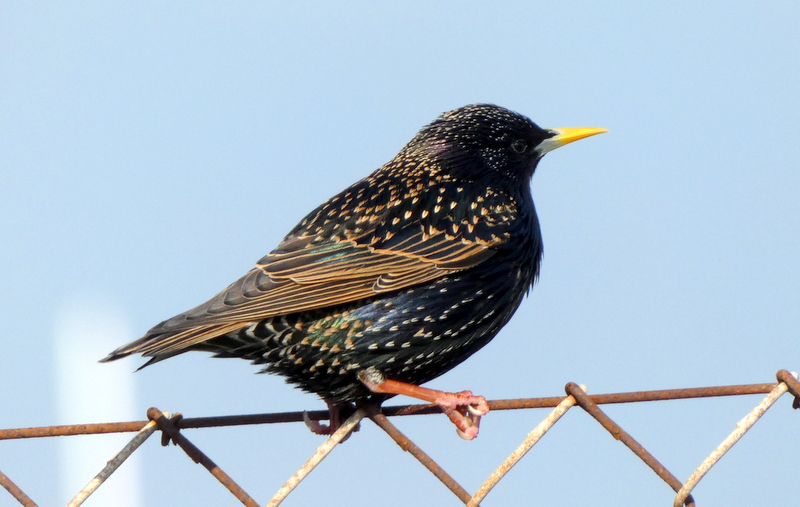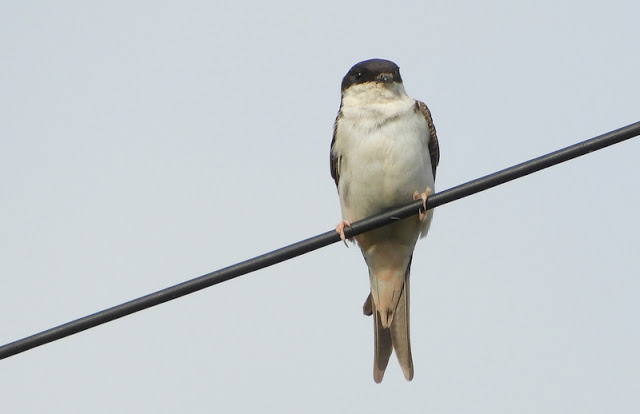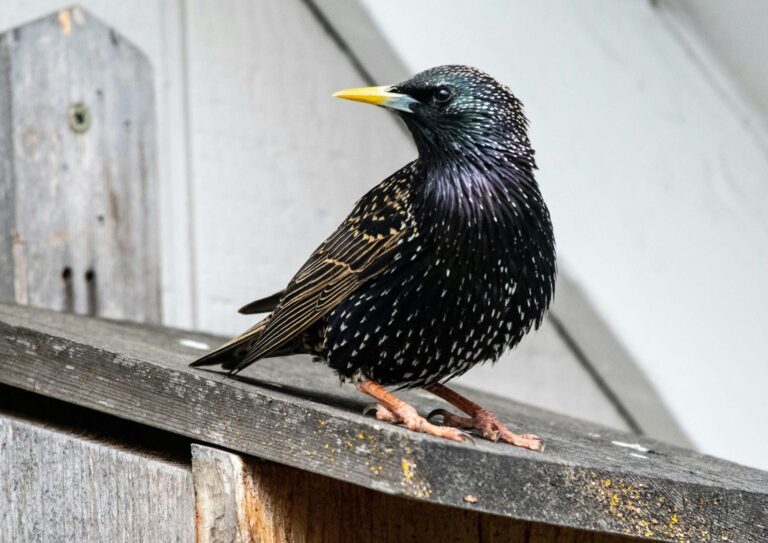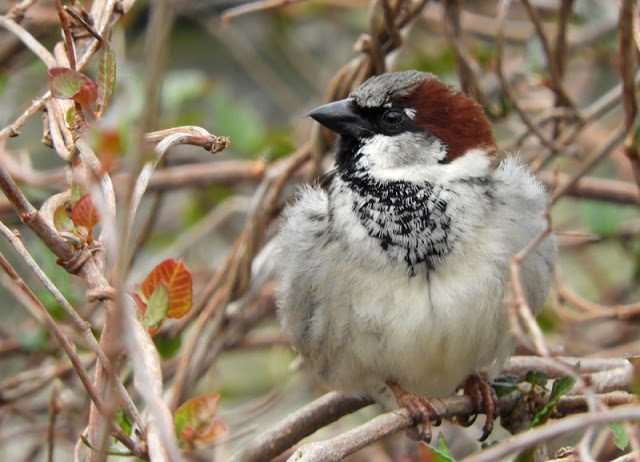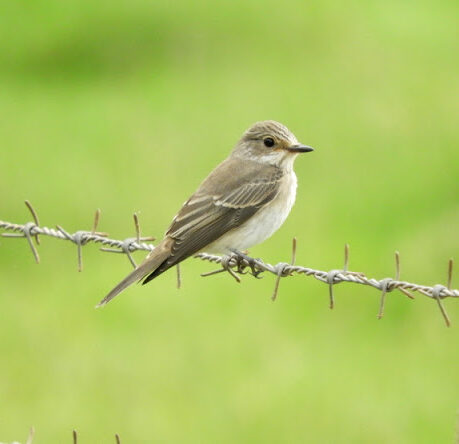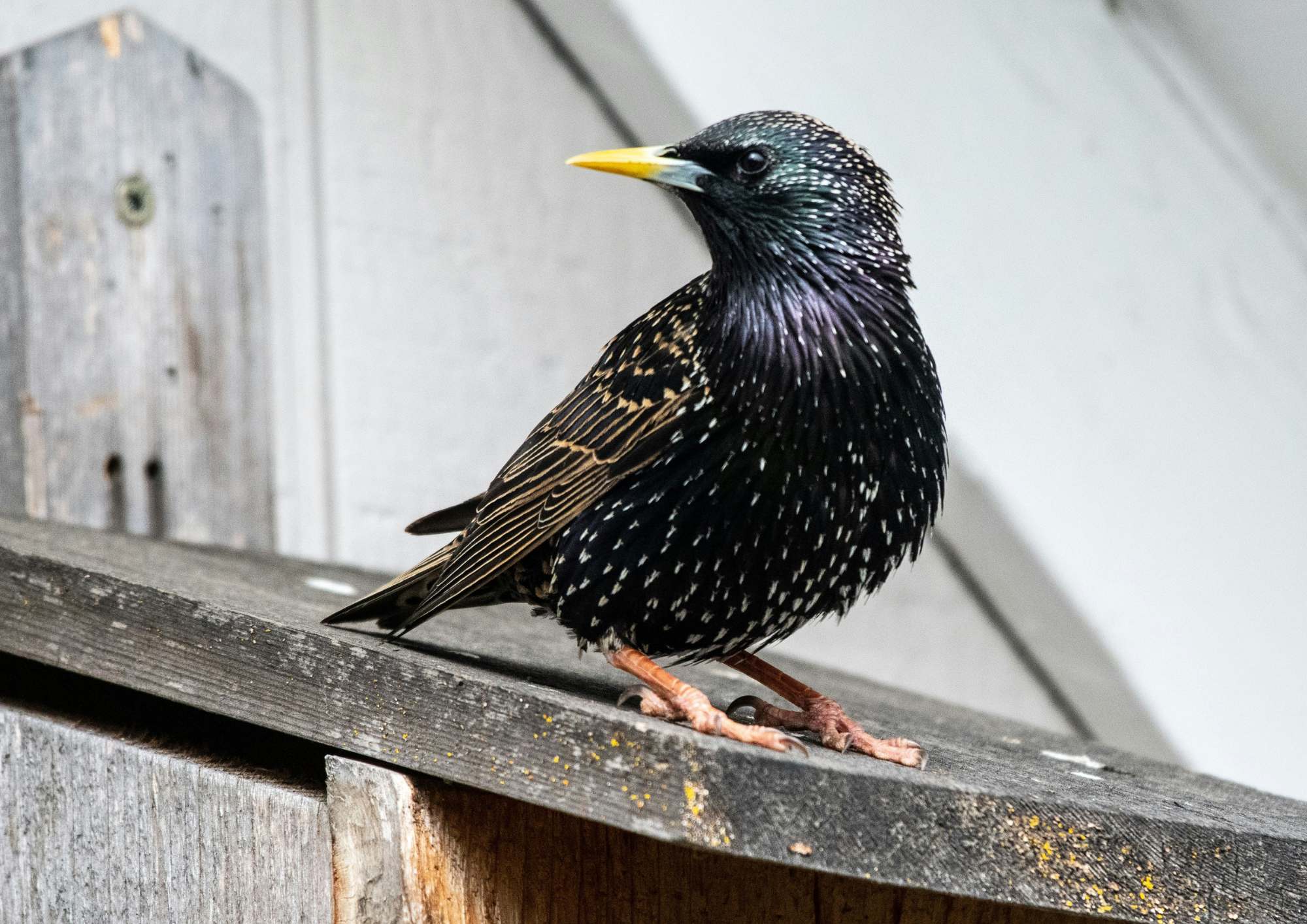This group includes threatened speciesA group of similar organisms that can breed and exchange genes. More which nest in our towns and villages. Swifts, house martins, starlings and house sparrows have all suffered large population declines in recent years. They all need nesting sites in buildings and a reliable supply of food such as insects and spiders.
Swifts, house martins and starlings feed over areas of countryside that surround towns and villages and so will benefit from the actions to increase insects set out in the Lowland farmland birds group.
Actions for this group will also benefit speciesA group of similar organisms that can breed and exchange genes. More such as swallows, greenfinches, collared doves and tawny owls, all listed as Devon SpeciesA group of similar organisms that can breed and exchange genes. More of Conservation Concern.

